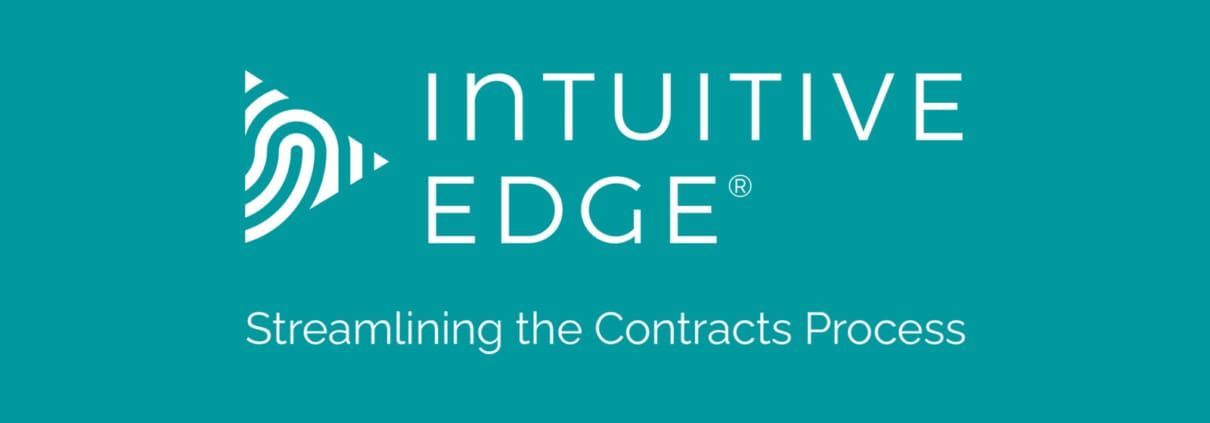Implementing Temporary to Permanent Technological Platforms: A Smooth Transition
The journey from temporary fixes to permanent solutions is an intricate dance that businesses often find themselves a part of, especially when it comes to technological platforms. This transition can be particularly relevant during periods of growth, mergers and acquisitions, or when adopting a new system. While temporary solutions offer immediate relief, transitioning to permanent platforms ensures long-term stability and scalability. Let’s delve into the nuances of this journey.
1. The Necessity of Temporary Platforms
During pressing times, such as an M&A procurement transition, immediate needs may demand quick technological solutions. These solutions, often temporary in nature, address immediate challenges without requiring a hefty investment in time or resources.
- Quick Deployment: Temporary platforms can often be rolled out quickly to address immediate needs.
- Flexibility: They offer businesses the agility to adapt without long-term commitments.
2. The Path to Permanent Platforms
While temporary solutions serve an immediate purpose, they aren’t designed for long-term operational needs. Transitioning to a permanent platform involves:
- Assessment: Understanding the functionalities and limitations of the temporary platform. What worked? What didn’t?
- Requirement Gathering: Based on the assessment, gather the requirements for the permanent solution, ensuring it addresses all the identified gaps.
- Integration: Ensuring the permanent platform seamlessly integrates with other existing systems and processes.
3. Challenges and Opportunities
The transition is not without its challenges, but each challenge presents a unique opportunity:
- Data Migration: Moving data from a temporary platform to a permanent one can be tricky, but it’s also an opportunity to clean, verify, and validate data.
- Training: Teams may need to adapt to the new system. However, this can also be a chance for a fresh start, aligning everyone with best practices and new features.
4. Why Not Skip the Temporary?
One might wonder, why not move directly to a permanent solution? The truth is, sometimes immediate challenges don’t offer the luxury of time. Moreover, a temporary solution can act as a pilot phase, giving insights into what truly works for the business before a long-term commitment is made.
5. The Role of Expertise
Navigating from a temporary to a permanent technological platform requires expertise, especially during intricate processes like procurement transitions during M&A. This is where service providers, like ALSPs with their data-driven insights, come in handy. They can guide the transition, ensuring businesses derive maximum value from both their temporary and permanent solutions.
Conclusion
The journey from temporary to permanent technological platforms is more than just a tech upgrade; it’s about evolving business operations to be more efficient, scalable, and future-ready. With the right strategy and expertise in place, businesses can ensure this transition is smooth, adding value every step of the way.






Leave a Reply
Want to join the discussion?Feel free to contribute!